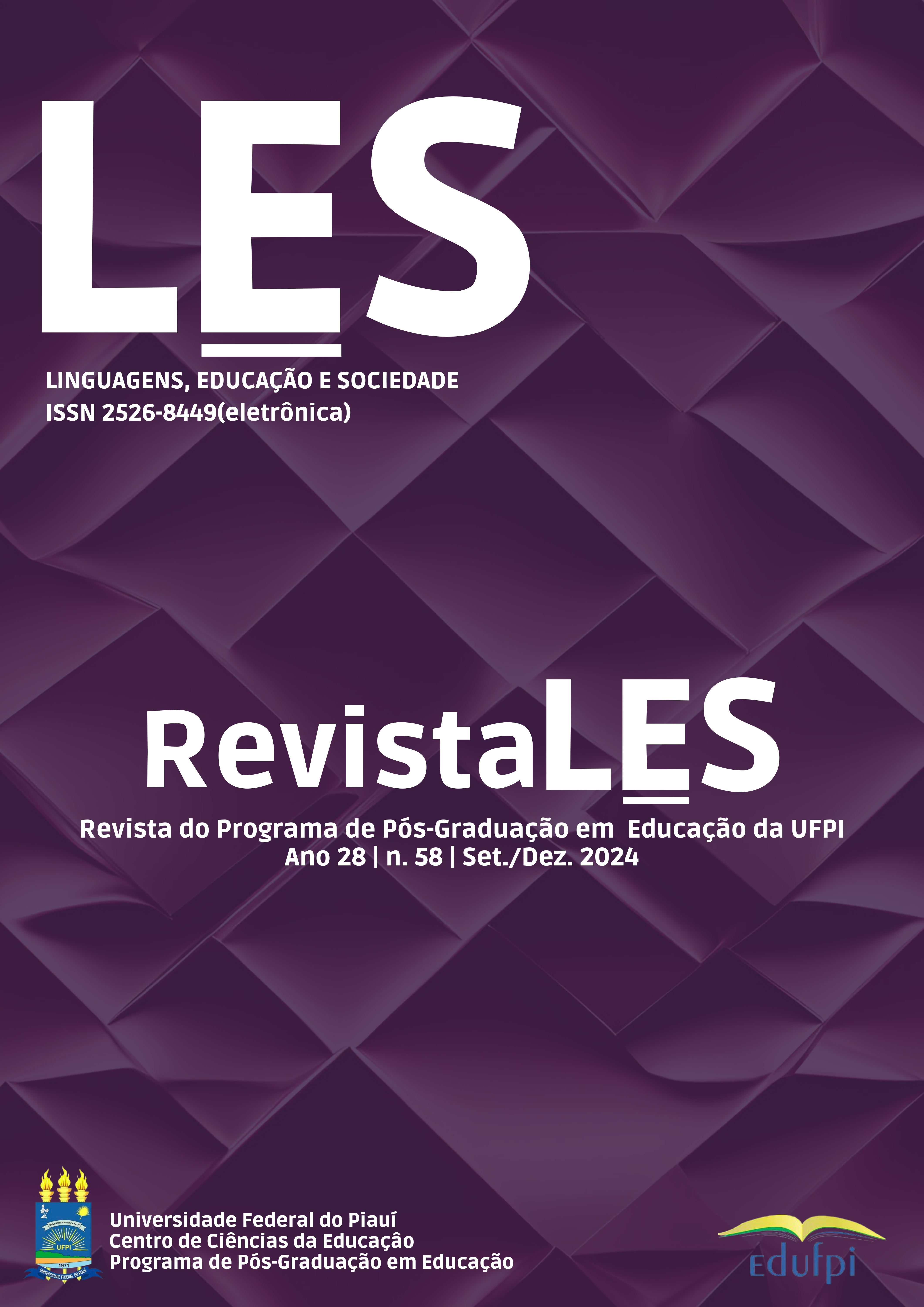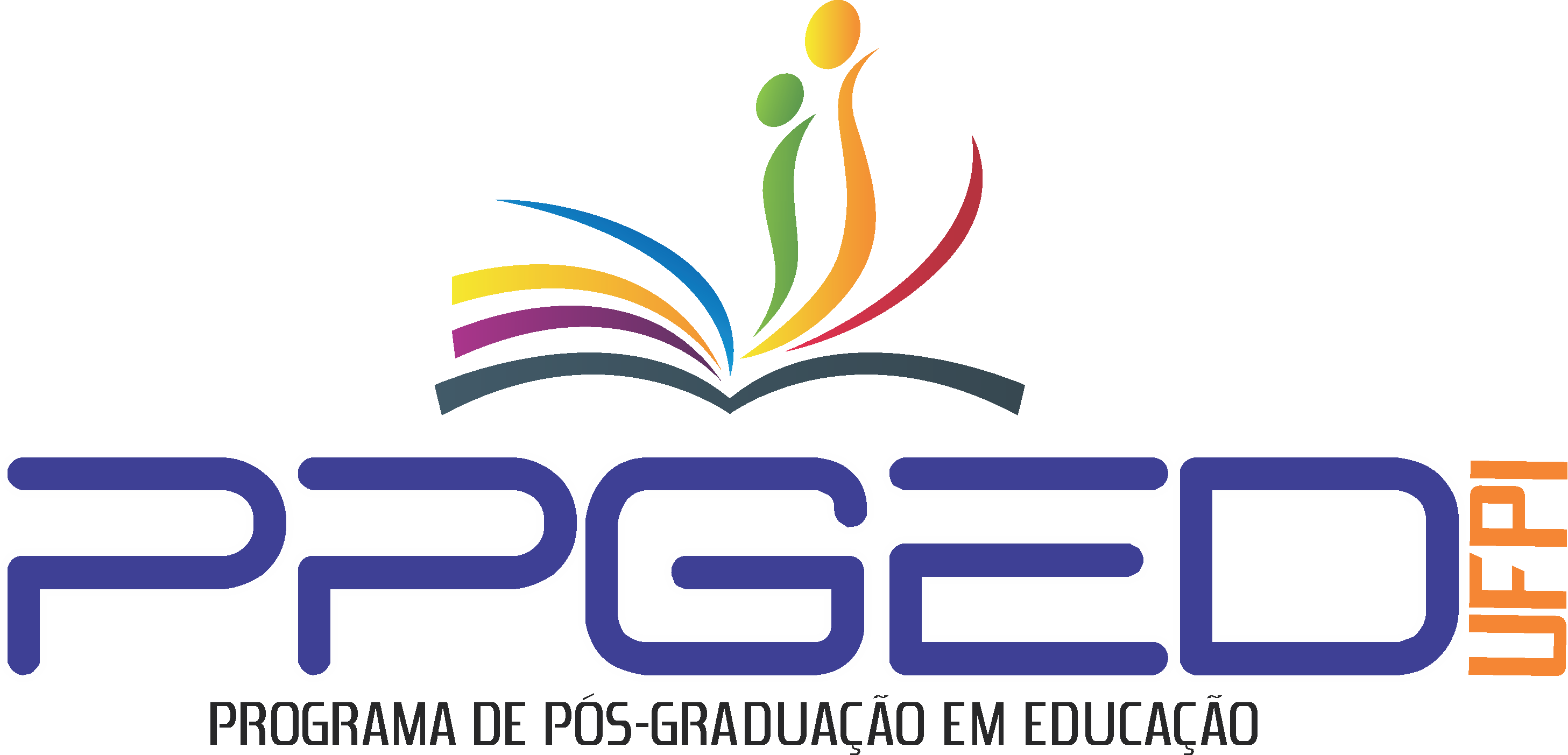O PAPEL DO AMBIENTE ESCOLAR E FAMILIAR NO DESENVOLVIMENTO E INCLUSÃO DE UM ESTUDANTE SURDO
DOI:
https://doi.org/10.26694/rles.v28i58.4895Palavras-chave:
Surdez, Educação Inclusiva, Libras, Educação BilíngueResumo
Com a Lei nº 14.191/2021, a educação bilíngue passa a ser um direito fundamental dos estudantes surdos, consolidando-se como um importante dispositivo jurídico à inclusão escolar. O aumento na matrícula de crianças surdas nos primeiros anos do Ensino Fundamental e a adesão ao Compromisso Nacional Criança Alfabetizada é visto como um desafio aos professores que devem alfabetizar até o 2º ano do Ensino Fundamental. A presente pesquisa trata-se de um estudo de caso realizado numa escola pública municipal de Maceió-AL, através de observações de aula e de entrevistas, objetivando examinar como o ambiente escolar e familiar possibilitam a inclusão de uma criança surda no primeiro ano do Ensino Fundamental. Como aporte teórico sobre surdez e práticas educacionais com surdos, o presente artigo destaca as obras de Strobel (2013), Gesser (2009), Skliar (2026) e Karnopp (2004). Os resultados apontaram que existe um esforço por parte da comunidade escolar para promover a inclusão e o desenvolvimento da criança surda, mas apesar do avanço legal as práticas educacionais voltadas à inclusão e promoção do desenvolvimento e aprendizagem de crianças surdas ainda é um grande desafio para a escola, devido às lacunas na formação profissional da professora, a não proficiência da comunidade escolar em Língua Brasileira de Sinais (Libras), a falta de recursos e materiais acessíveis e um currículo que considere a Libras como primeira língua (L1) e a língua de instrução, ou seja, a língua portuguesa na modalidade escrita como segunda (L2).
Downloads
Referências
BRASIL. Lei nº 10.436, de 24 de abril de 2002. Dispõe sobre a Língua Brasileira de Sinais - Libras e dá outras providências. Brasília: Presidência da República. 2002. Disponível em: http://www.planalto.gov.br/ccivil_03/leis/2002/l10436.htm . Acesso em 25 mar. 2022.
BRASIL. Lei nº 14.191, de 03 de agosto de 2021. Altera a Lei nº 9.394, de 20 de dezembro de 1996 (Lei de Diretrizes e Bases da Educação Nacional), para dispor sobre a modalidade de educação bilíngue de surdos. Brasília: Presidência da República 2021. Disponível em: https://www.in.gov.br/en/web/dou/-/lei-n-14.191-de-3-de-agosto-de-2021-336083749 . Acesso em: 25 mar. 2022.
BRASIL. Ministério da Educação. Educação infantil: saberes e práticas da inclusão. dificuldades de comunicação e sinalização: surdez. Brasília, MEC, Secretaria de Educação Especial, 2006. Disponível em: < http://portal.mec.gov.br/seesp/arquivos/pdf/surdez.pdf >. Acesso em 03 de nov. 2022.
BRONFENBRENNER, U. A ecologia do desenvolvimento humano: experimentos naturais e planejados. Porto Alegre: Artes médicas, 1996.
CARVALHO, Francisco. Reflexões em torno da inclusão em contexto educativo. In: FREITAS, Soraia Napoleão (org.). Tendências contemporâneas de inclusão. Santa Maria: Ed. da UFSM, 2008. (31 - 47)
FARIA, Ana Lúcia Goulart de; FINCO, Daniela (orgs.). Sociologia da infância no Brasil. Campinas, SP: Autores Associados, 2011.
GESSER, Audrei. LIBRAS? Que língua é essa?: Crenças e preconceitos em torno da língua de sinais e da realidade surda. São Paulo: Parábola, 2009.
LACERDA, Cristina Broglia Feitosa de; SANTOS, Lara Ferreira dos (org.). Tenho um aluno surdo, e agora? Introdução à Libras e educação de surdos. São Carlos: EdUFSCar. 2021.
LAMOGLIA, Aliny. Surdez e direitos humanos - o que diz o relatório mundial sobre deficiência da Organização Mundial da Saúde. Revista Perspectivas do Desenvolvimento: um enfoque multidimensional Volume 03, Número 04, Julho 2015.
LUNARDI, Márcia Lise. Pedagogia da diversidade e pedagogia da diferença? Singularidades nos discursos das políticas inclusivas. In: FREITAS, Soraia Napoleão (org.). Tendências contemporâneas de inclusão. Santa Maria: Ed. da UFSM, 2008. (113 - 130)
MÜLLER, Janete Inês. Língua Portuguesa na educação bilíngue de surdos. Tese (Doutorado em Educação) – Universidade Federal do Rio Grande do Sul. Porto Alegre, p. 291. 2016.
QUADROS, Ronice Müller de; KARNOPP, Lodenir. Língua de sinais brasileira: estudos linguísticos. Porto Alegre: ARTMED, 2004.
SKLIAR, Carlos (Org.). Atualidade da educação bilíngue para surdos: interfaces entre pedagogia e linguística. - Porto Alegre: Mediação, 2016.
STROBEL, K. (2013). As imagens do outro sobre a cultura surda. (3ª ed). Florianópolis, SC: EdUFSC.
YIN, Robert K. Estudo de caso, planejamento e métodos. 2.ed. São Paulo: Bookman, 2001.













